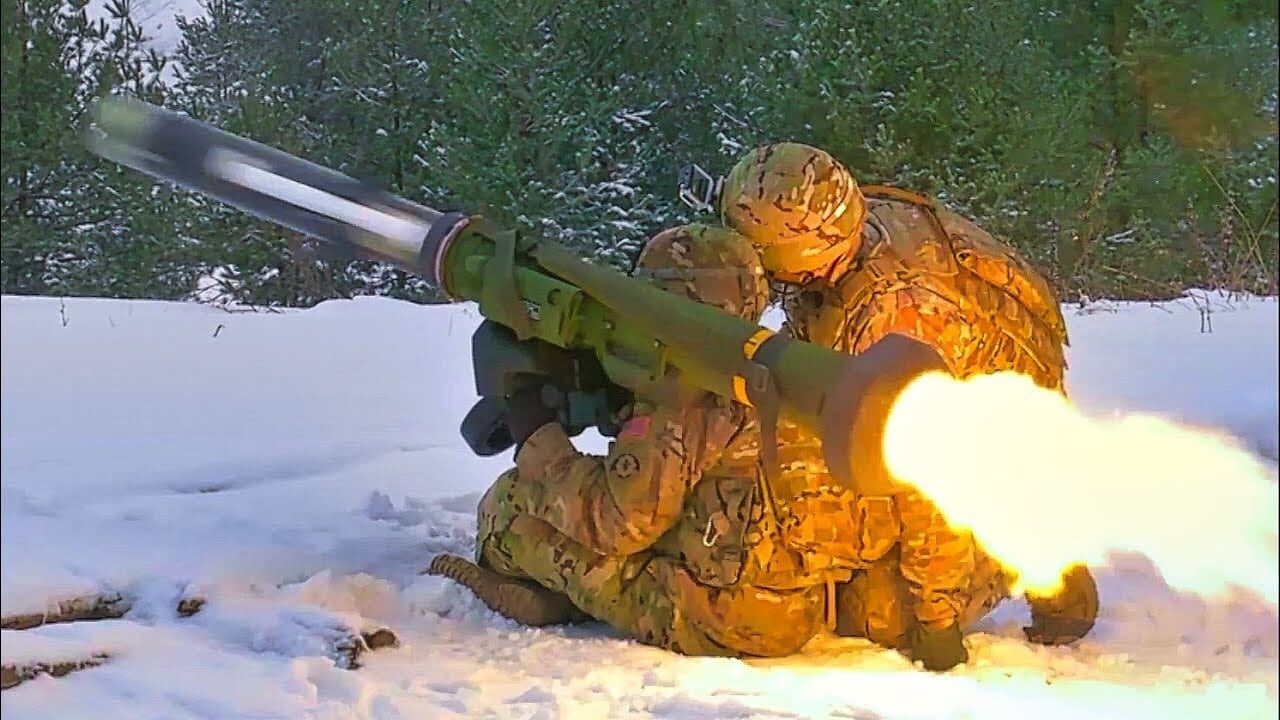Millions of rounds of ammunition, vast quantities of body armor, and a multitude of small arms are now being sent to help Ukraine fend off Russian forces. The Biden administration has already sent Ukraine more than 600 Stinger missiles, 2,600 Javelin anti-armor systems, an unmanned aerial system tracking radars; grenade launchers, 200 shotguns, 200 machine guns, and nearly 40 million rounds of small arms ammunition, along with helicopters, patrol boats, satellite imagery and body armor, helmets, and other tactical gear.
Weapons have been pouring in from across Europe, as Belgium, Portugal, Finland, and other nations have responded to Ukrainian calls for arms and equipment. More than a dozen other NATO countries and several non-NATO European nations have started or expanded their weapons shipments to Ukraine. Even Germany broke its long-standing policy of not sending weapons to conflict zones, and as part of an initial package, Berlin announced that it would send some 1,500 rocket launchers and Stinger missiles to Ukraine.
In the Wrong Hands?
As the weapons shipments continue, there is the fear that some of those weapons might not end up in the hands of those defending Ukraine. Some experts have warned that without controls in place to track and monitor the flow of small arms, some of the weapons could end up sold on the black market and even used by the pro-Russian paramilitary groups in the breakaway regions of Eastern Ukraine.
“There is the real threat that the Ukrainian government can potentially not control all of these weapons,” Kelsey Gallagher, a researcher with Project Ploughshares, a Canadian non-government disarmament group, said in an interview with the Canadian Broadcast Company (CBC). “They could end up anywhere.”
Canada, like other NATO nations, has stepped up efforts to provide weapons to the Ukrainian forces, and since the start of the Russian invasion, Ottawa has pledged military aid valued in the tens of millions of dollars. That has included anti-tank weapons, rockets, handguns, machine guns and caches of ammunition.
While the weapons from Canada are being provided “exclusively” to the Ukrainian Ministry of Defense and the Ukrainian military, experts are warning that it is impossible to know for certain where some of the small arms could end up.
“We cannot exclude entirely the possibility that some of that weaponry will end up in the wrong hands,” explained Costanza Musu, a University of Ottawa professor specializing in international security. He added that past western weapons shipments to Afghanistan, Saudi Arabia and Libya had gone missing or were misused.
A United Nations report found that in the chaos of the 2011 Libyan Civil War, some of the weapons intended for the provisional government ended up in the hands of terrorist groups including al-Qaeda, Boko Haram and ISIS. That included automatic rifles, machine guns and even advanced surface-to-air missiles and man-portable air defense systems.
Since ordering the so-called “special military operation” into Ukraine, Russian President Vladimir Putin has said that he would welcome the donation of captured “western-made” weapons to Russian-back militant groups in Eastern Ukraine. While it isn’t clear at this point if any of western weapons have been captured, it is likely some will likely end up in the hands of the paramilitary forces, which will only add to the suffering of the civilians in Ukraine.
However, the United States and NATO remain committed to helping Ukraine fight off the Russian invasion, and on Wednesday it was announced that NATO countries will continue to deliver weapons.
Dutch Defense Minister Kajsa Ollongren made the point clear, “Ukraine has the right to defend itself.”
Now a Senior Editor for 1945, Peter Suciu is a Michigan-based writer who has contributed to more than four dozen magazines, newspapers and websites. He regularly writes about military hardware, and is the author of several books on military headgear including A Gallery of Military Headdress, which is available on Amazon.com. Peter is also a Contributing Writer for Forbes.

